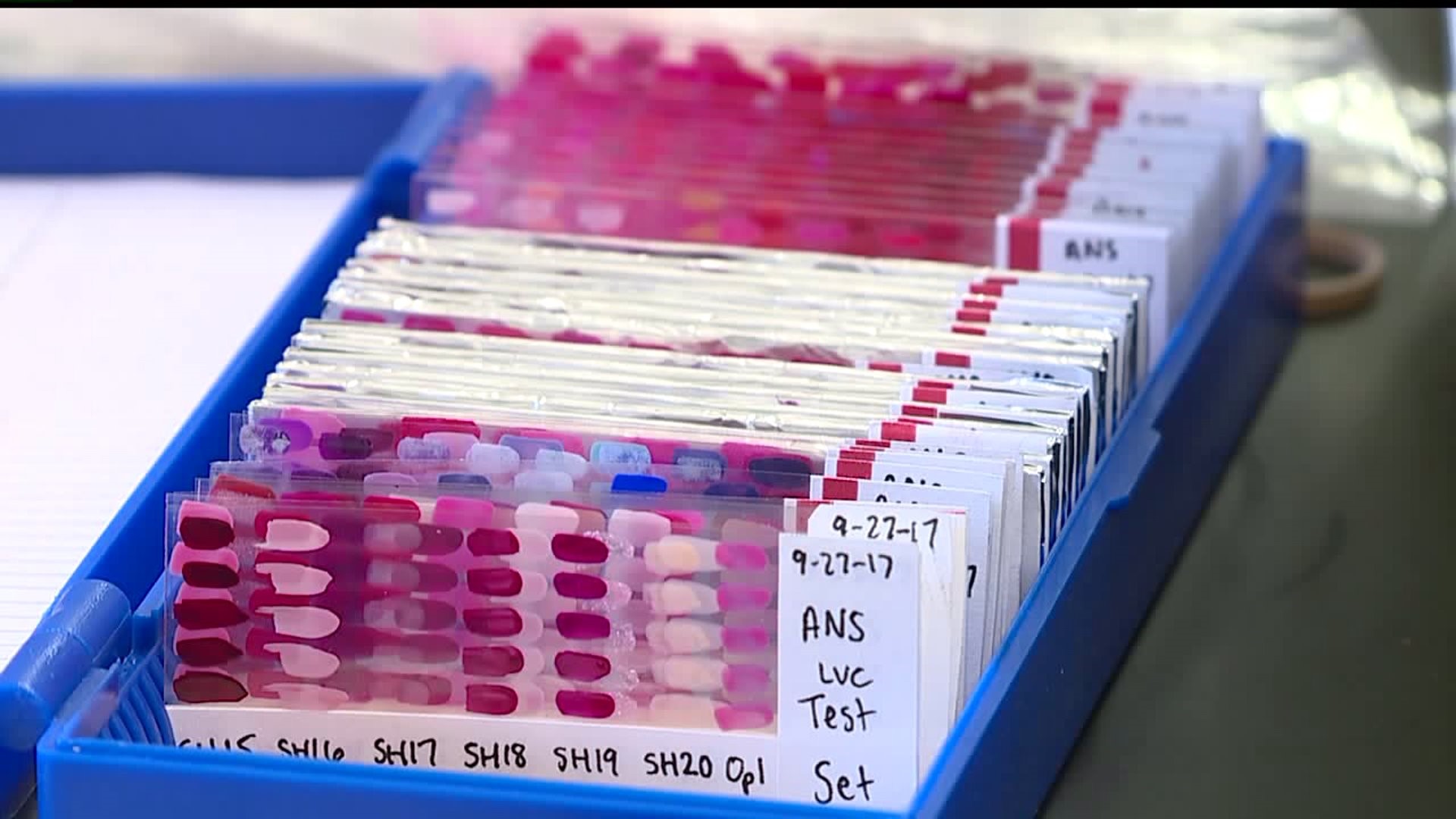Picture it - a snowy night in November of 1986.
Police are investigating the disappearance of 39 year-old Helle Crafts in Newtown, Connecticut.
A snowplow driver tells investigators he saw a man with a woodchipper near the shore of Lake Zoar late at night.
They were never able to find a full body, but they did find convincing evidence- human tissue, chips of bone, and a nail covered in pink polish…
“What makes it a bizarre case is the unique way the state has recovered the evidence, and the state’s evidence that the victim was basically chainsawed and placed through a wood chipper in an effort to conceal her death,” said an investigator as they worked to make a conviction.
Investigators determined the polish on the nail found at the lake…was from the same bottle of polish found on Helle’s night stand, helping to identify her remains, therefore helping to piece together the puzzle that ultimately landed her husband behind bars for her murder.
Sounds simple, right?
“All these brands have different recipes but they use the same basic components in different ratios.”
Not quite.
It’s a project Lebanon Valley College senior Alyssa Smale has been working on for a year, but interested in for a decade.
“I’ve been interested in forensic science since middle school, I think since I was in 7th grade. Kind of off CSI and all that stuff on tv that all the kids my age are into,” said Alyssa.
Now making that dream a reality, taking what she saw on the screen as a kid, and using it in a real life setting.
Like an FTIR machine, for example.
While most of us look at nail polish and just see it’s color, Alyssa can use the machine to see the way light passes through the paint, based off of its chemical composition.
“There’s a diamond crystal inside this small hole and then light is passed through the crystal, into my sample, and back out the other side. And then all I have to do on here is click collect sample, and then it will start to plot the spectra,” said Alyssa.
14 brands of polish and seven colors from each brand— both gels and polishes – all now in the database she’s been creating all year.
So that way, if an unknown sample, say, from a crime scene, is tested, scientists can determine the brand of polish.
But, this data is collected off of a clean sheet of samples.
And remember, crimes like murder usually aren’t clean.
In the case of the wood chipper murder, the nail that was found had spent several days in or near the water.
“I took fake nails and painted them with a couple of the bottles of polishes I had and I put some out in the woods and in a stream and I left some in a pond for 15 weeks to see if the environments would degrade them over time, and they really didn’t," said Alyssa.
The environment changed the color, but not the chemical composition.
Alyssa says the nail polish is just the beginning.
“You could take nail polish or you could take car paint or you could take not even paint, any kind of evidence that you find. Make a database. I think there’s more room for the project to grow in that direction than specifically on the nail polish side,” said Alyssa.
During her research, Alyssa also learned how to transfer the data from machine to machine so data shared across the country can be examined accurately.
She will be heading to Penn State in the fall to pursue her masters degree in forensic science, and she hopes down the road, another student will pick up this project where she left off.

